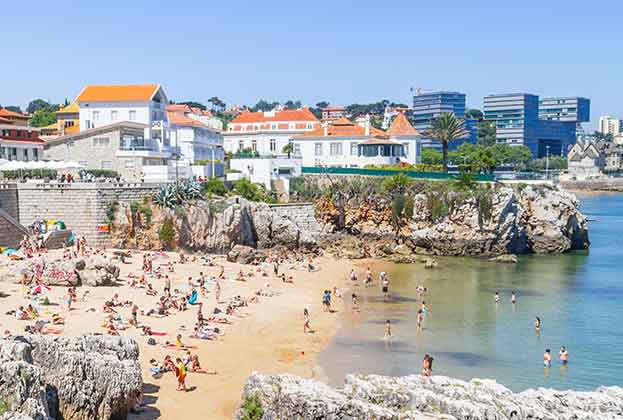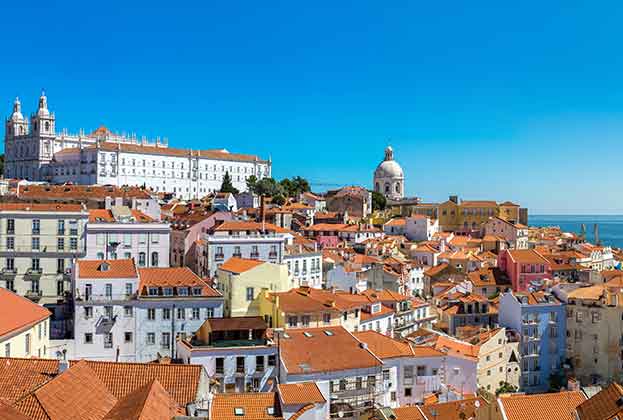What was happening prior to Covid-19?
Golf is one of the world’s oldest pastimes and properties located on golf resorts have long been appealing, particularly for holiday homes. But in recent years participation in the sport has been on a downward trend in some of its largest markets.
The US is by far the largest market for the sport globally, accounting for 43 per cent of the world’s golf courses. To put this into context, Europe and Asia combined account for 39 per cent. But in the US, figures show a gradual fall in participation over the past 10 years, down 10 per cent in 2019 from 2009.
Similarly, in Europe, there has been almost a decade of decline in registered golfer numbers with a fall of over 300,000 players to 4.13 million in 2019, according to the R&A.
The reason for the fall in participation has been attributed to a number of factors, including the expense, the length of time it takes to play, and difficulty for beginners. But there have been initiatives to address these issues and the decline in participation has started to plateau over the past few years.
What this has meant for property in golf resorts?
There are signs that as participation in the sport has waned, so has the appeal of properties located on or near golf resorts. A 2019 survey of second home owners by Savills and HomeAway found that 55 per cent of British owners did not deem proximity to a golf course an important feature, this compares with 32 per cent in 2011.
Now Covid-19 could be the catalyst for renewed demand. Such resorts offer the lifestyle element which many are now looking for, which is not limited to just golf but other facilities too.
Indeed, many purchasers of properties on these resorts do not even play golf. While these properties were always attractive because of their idyllic setting, they also offer the space, privacy and security which is now in high demand after the pandemic.
Going forward, golf, and properties on resorts, stand to benefit from changes in habits and the desire for a better balance between work and life as a result of the pandemic. As people look to increasingly work remotely, and commute less, golf is an appealing and safe way for many to spend their leisure time, while properties on golf resorts offer what many are now looking for.
Further information
Contact Sean Hyett
Visit Savills World Research
.jpg)

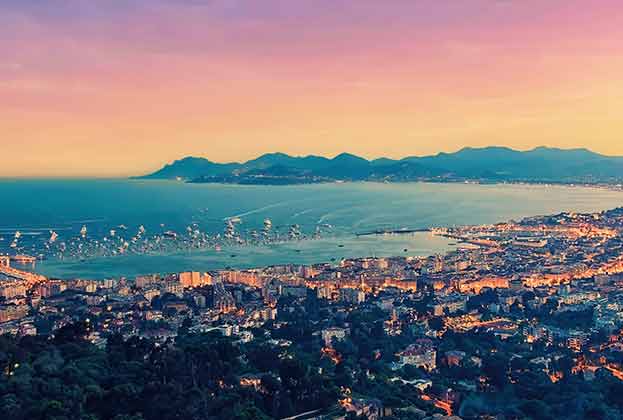
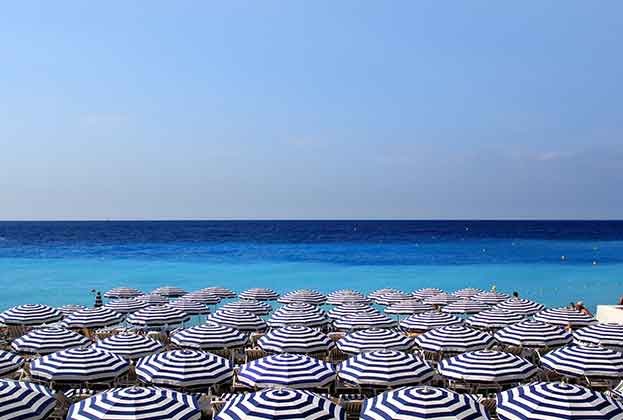
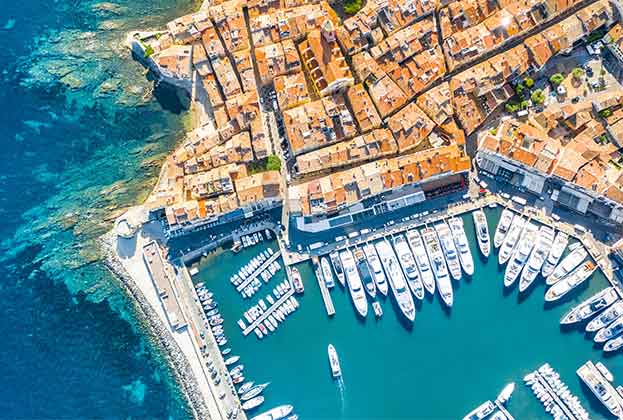
.jpg)

.jpg)

